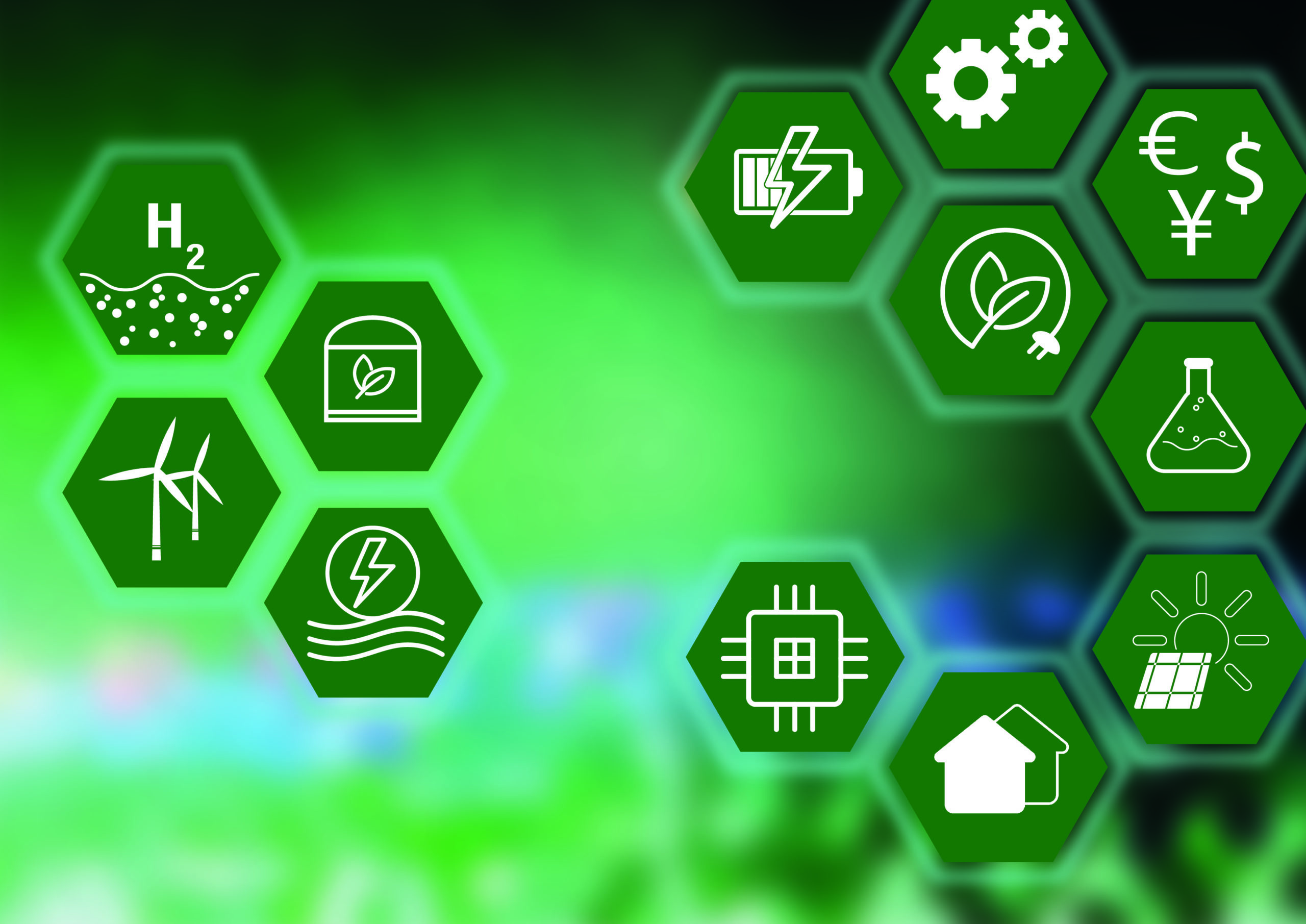As gas prices reach record high prices across the country, Americans are feeling the pain at the pump. With global temperatures on the rise year after year, a sustainable and accessible solution to human energy consumption has never been more critical than it is now.
When it comes to electric cars, the average consumer is unaware that battery electric vehicles (BEVs) aren’t the only carbon-emission free option on the market – and that an immediate and full-scale transition to BEV’s would strain our current infrastructure beyond capacity. So how do we approach the future of human energy consumption beyond just electric vehicles? While Europe is leading the charge to accelerate the EV revolution, clean energy pioneers in North America from Tesla to Terravis Energy are embracing a variety of renewable solutions to address climate for all consumers from cars, to crops, to crypto-mining, and powering entire communities.
Terravis Energy (TVE) – Latin for “Earth” and “Force” – is pioneering holistic solutions to a zero-emission tomorrow by utilizing a diverse mix of hydrogen, solar, heat pumps and BEV technologies. “Terravis Energy is reimagining the essence of sustainable energy in relation to lifestyles and ensuring as many people and communities as possible can experience the benefits. These solutions will benefit municipalities and provide increased infrastructure reliability for such industries as electric vehicles (both BEV & FCEV), agriculture, and blockchain” the company’s website states.
The new site, launched in April, offers the first detailed look into their innovative technology solutions, including:
- Fast-charging, hydrogen-powered Non-Parasitic Electric Vehicle (NPEV™) systems that serve as stand-alone, completely off-grid, fast-chargers. Their PEM (proton exchange membrane) technology converts the most abundant element in the universe, hydrogen into clean energy, producing only water as a byproduct.
- The Terravis Energy Cold Climate Heat Pump (CCHP) that serves as an all-in-one HVAC unit and is able to operate in the most extreme climates on earth. In Canada, where the company is based, up to 75% of energy used for heating is from non-renewable sources so converting these technologies could drastically reduce greenhouse gas emissions.
- The Terravis Energy Nanogrid and Microgrid energy generation systems designed to power a single household up to an entire community.
“The influx of demand caused by the switch from fossil fuels to batteries will result in grid failures and massive spikes in energy costs due to aging and failing grids. Terravis Energy designs green, clean energy solutions that are capable of powering homes, businesses and vehicles, using hydrogen fuel cells that do not require a connection to the grid and can provide energy for large populations. Terravis Energy’s NPEV (non-parasitic electric vehicle) Fast Charger, will offer even the most remote locations on the planet the ability to charge an EV just as anyone in more populated parts of the country can,” said Chris Bernaudo, Terravis spokesperson.
Earlier this year, Terravis Energy’s parent company, Worksport, celebrated a major milestone in their efforts to deliver these technologies to consumers with the announcement of a formal agreement with Hyundai. Worksport is set to deliver prototypes of their SOLIS solar tonneau, a cover spanning the back of a pickup truck bed, and COR energy storage system, for the Hyundai Santa Cruz model.
Experts agree: there is no winner or loser in the fuel cell vs. electric battery vehicle debate. Renewable energy diversification is critical to achieving a future net-zero footprint and a diverse approach, like that of Terravis Energy, is the path that best serves our future air quality, climate and infrastructure.
“We realized long ago that there is more than just a need for clean, renewable energy. Areas of the country that once lacked the infrastructure to support electric vehicles will soon be able to charge EV’s, offering access to new, clean technologies without sacrificing the conveniences everyone is accustomed to,” Bernaudo said.
This is a Contributor Post. Opinions expressed here are opinions of the Contributor. Influencive does not endorse or review brands mentioned; does not and cannot investigate relationships with brands, products, and people mentioned and is up to the Contributor to disclose. Contributors, amongst other accounts and articles may be professional fee-based.

